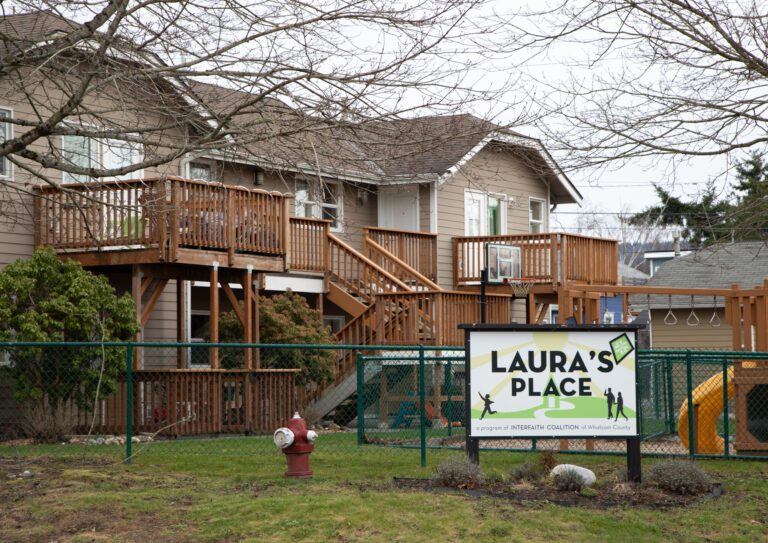This occasional series explores Bellingham’s recreation needs and current options, and how other cities have funded and built successful public centers. This story is an introduction to what Bellingham residents feel is missing when it comes to indoor recreation.
From the City of Bellingham to local schools, nonprofits, swimmers and others, there’s broad agreement: Existing public indoor recreation facilities are not sufficient to support the area’s growing population.
The city has grown from 90,035 to 97,270 in the last five years, according to the Washington State Office of Financial Management. In that same time frame, conversations have popped up about ways to expand indoor rec options in a city blessed with ample parklands, but few suitable places to recreate indoors.
In 2018/19, a potential YMCA/City of Bellingham partnership was proposed to the public, but lost momentum after concerns that it would not sufficiently expand the now 29-year-old Arne Hanna Aquatic Center — and then the pandemic hit. The YMCA tried to sell the Port of Bellingham on a waterfront recreation center in 2022, a popular proposal with residents, to no avail.
[ Read more: Momentum grows: Three ideas for expanding indoor rec in motion ]
But now conversations are accelerating as the city formally reviews the master plan for its Civic Athletic Complex in the Puget Neighborhood, where officials are exploring converting an elementary school site into an indoor rec facility. It’s one of three plans in motion by passionate stakeholders to find solutions.
Bellingham’s focus for years has been on enhancing outdoor recreation, thanks to the Greenways Levy voters approved again in the fall for another decade. The levy, first approved in 1990, has provided the city with millions of dollars to create parks, trails and green spaces. Since then, the city has preserved more than 3,000 acres of land with those funds.
“I think our community has really prioritized the outdoors,” City of Bellingham Parks & Recreation Director Nicole Oliver said. “It’s a beautiful place to live, and the way that we strategically acquired trail corridors that became an arterial network along our riparian creeks and streams was brilliant, and very [forward] thinking from a very early time.”
Indoor recreation hasn’t historically had the same public interest, Oliver said.
“I think we’re now in a new place where people are moving here and they’re like, ‘Where’s the community center?’” Oliver said. And with a climate known for rainy, chilly weather for more than half of the year, additional indoor options would be heavily used, proponents argue.
A recreation needs assessment conducted by the city in spring 2022 found that 83.1% of the 1,236 respondents thought Bellingham should have an indoor community recreation center. Respondents said they wanted more ice space and aquatic space — specifically more lap lanes, family pools and hot tub therapy pools, as well as more competitive swimming and diving facilities. (High school swim teams are forced to share pools with rec swimmers.)
Sixty-seven percent of respondents said they travel outside of Bellingham for access to recreational facilities, including north to British Columbia and south to the greater Seattle area.

In a 150-mile radius of Bellingham are a range of beautifully built, highly in-demand facilities, many of which were constructed in the last decade.
A CDN reporting team toured five indoor recreation facilities in Snohomish County and in the Lower Mainland, British Columbia, to see potential models for Bellingham, and explore how they were funded, and received, by those communities.
In a series of stories, we’re examining the current state of indoor recreation in Bellingham: the major players, the barriers, and the goals and dreams.

Coming soon: A look at two successful recreation centers in Snohomish County, and three in the Lower Mainland, B.C.
Charlotte Alden is CDN’s general assignment/enterprise reporter; reach her at charlottealden@cascadiadaily.com; 360-922-3090 ext. 123.




